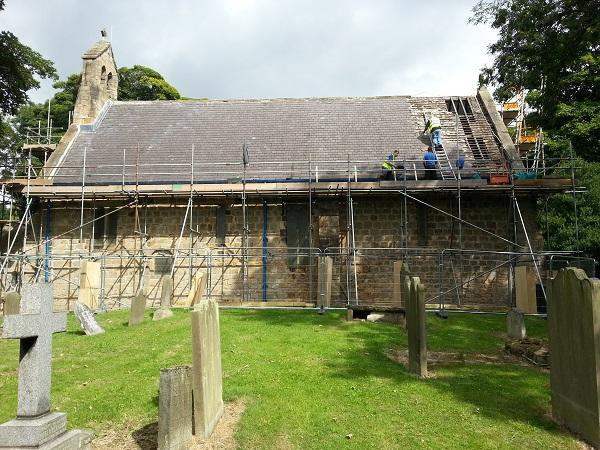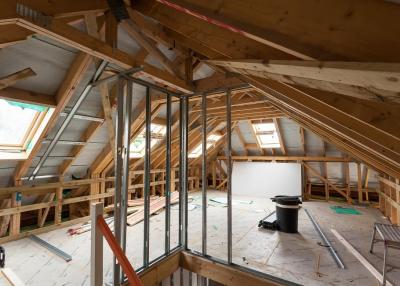Upgrading historic buildings and the building regulations
Upgrading a listed building or a building that falls within a conservation area has many restrictions that you need to be aware of, especially concerning existing windows and doors, external walls and roofs.
You may not be allowed to change any of these in some cases, depending on the listing status and the limits put in place by the local conservation officer. You’ll normally have to apply for planning permission and listed buildings consent, as well as Building Regulations approval to do any work to a listed building.
Whilst building regulations do apply to historic buildings, when altering or upgrading thermal elements or carrying out alterations or conversions, parts of Part L can sometimes be relaxed. But new extensions to listed buildings have to fully comply.
Here’s what you need to know to help make sure you comply.
Existing windows in historic buildings
- Where existing single-glazed windows are being retained you’ll need to provide a copy of the listed building consent confirming that the windows can’t be replaced and which windows it applies to. This will help building control and avoid any confusion.
- You might be asked for a condition report confirming that the windows are capable of forming a waterproof barrier with a 15-year life expectancy. If windows are being repaired, you’ll need a full repair schedule.
- You can often achieve a great improvement in thermal efficiency just by fitting draught stripping.
- Windows that can be replaced should form part of your Building Regs application and should be upgraded if that’s permitted by conservation. You must ensure that opening sizes aren’t reduced, that safety glass is used in critical locations and that any background ventilation is retained.
External walls and roofs
- You should supply a copy of the listed building consent confirming that the walls/roof can’t be upgraded.
- Many traditional building techniques rely on the walls being able to breathe and to allow moisture to pass through them from inside the building.
- Building control won’t insist on stone, cob or flint walls or thatched roofs being insulated and/or dry-lined internally as this could detrimentally affect the building fabric.
- You can probably upgrade the thermal efficiency of the building in other ways such as by upgrading the boiler, and insulating pipes and hot water vessels - discuss this with your surveyor.
Working closely with your local authority building control team and bringing them in early will make the process smoother.
You or your designer might find it useful to look at the recent British Standard BS 7913: Conservation of Historic Buildings.
Further information
Please Note: Every care was taken to ensure the information was correct at the time of publication. Any written guidance provided does not replace the user’s professional judgement. It is the responsibility of the dutyholder or person carrying out the work to ensure compliance with relevant building regulations or applicable technical standards.
This article was updated on 28th September 2022
Sign up to the building bulletin newsletter
Over 48,000 construction professionals have already signed up for the LABC Building Bulletin.
Join them and receive useful tips, practical technical information and industry news by email once every 6 weeks.
Subscribe to the Building Bulletin




Comments
Add new comment